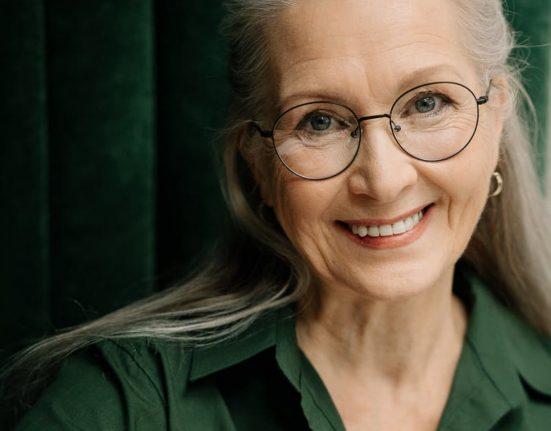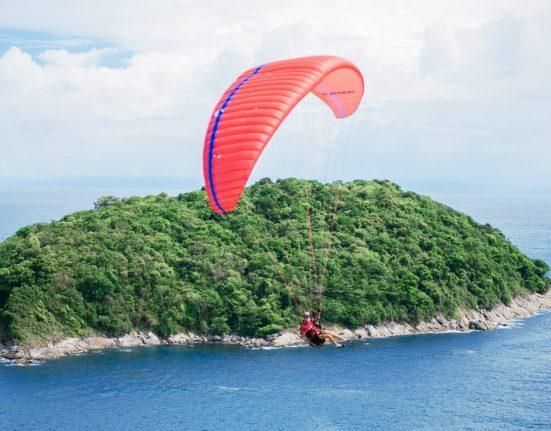Art and science, often perceived as distinct disciplines, have long been intertwined in a complex and symbiotic relationship. While art is often associated with creativity and expression, science is grounded in observation, experimentation, and empirical evidence. However, the boundaries between the two fields are not as clear-cut as they may seem. In this article, we'll delve into the fascinating intersection of art and science, exploring how the two disciplines inform and inspire each other in surprising and innovative ways.
At its core, both art and science share a fundamental reliance on observation and representation. Artists observe the world around them and translate their observations into visual forms, capturing the essence of their subjects through line, form, and color. Similarly, scientists observe natural phenomena and seek to understand the underlying principles and mechanisms that govern the universe, often using visual representations such as graphs, diagrams, and models to communicate their findings. Whether it's a detailed anatomical drawing or a scientific illustration of a cell, both art and science aim to represent the world in ways that are visually compelling and intellectually informative.
Exploration and Experimentation:
TBoth art and science involve a process of exploration and experimentation, albeit in different ways. Artists experiment with different materials, techniques, and styles to push the boundaries of their creativity and expression. Whether it's experimenting with new painting techniques or exploring the possibilities of digital media, artists are constantly pushing the limits of what is possible in the world of art. Similarly, scientists conduct experiments to test hypotheses, gather data, and expand our understanding of the natural world. From conducting controlled experiments in the laboratory to exploring the far reaches of the cosmos, scientists are driven by a spirit of curiosity and discovery that mirrors the creative impulse of artists.
Visualization and Communication:
One of the most striking intersections of art and science is in the realm of visualization and communication. Both disciplines rely heavily on visual representations to convey complex ideas and information in accessible and engaging ways. Artists use visual language to communicate emotions, concepts, and narratives, often transcending linguistic barriers to reach a universal audience. Similarly, scientists use visualizations such as graphs, charts, and diagrams to communicate their findings to colleagues, policymakers, and the public. Whether it's a scientific illustration of a molecular structure or a work of art that explores the human condition, visual communication plays a crucial role in both art and science.
Inspiration and Innovation:
Art and science have long been sources of inspiration and innovation for each other. Artists draw inspiration from scientific discoveries, theories, and phenomena, incorporating them into their work in unexpected and thought-provoking ways. From the surreal landscapes of Salvador Dalí inspired by the discoveries of quantum physics to the intricate patterns of Islamic art influenced by the principles of mathematics, the intersections between art and science have led to some of the most groundbreaking and influential works of art in history. Similarly, scientists draw inspiration from art, using creative thinking and imagination to develop new hypotheses, approaches, and solutions to complex problems. Whether it's biomimicry, where scientists look to nature for inspiration in engineering and design, or the use of art-based techniques such as storytelling and visualization in scientific research, the influence of art on science is undeniable.
The Future of Art and Science:
As we look to the future, the intersection of art and science promises to yield even more exciting discoveries and innovations. Advances in technology, such as virtual reality, artificial intelligence, and bioengineering, are opening up new possibilities for creative exploration and scientific inquiry. Whether it's using AI algorithms to generate new forms of art, exploring the ethical implications of biotechnologies, or using virtual reality to simulate scientific phenomena, the boundaries between art and science are becoming increasingly blurred. By embracing the synergies between these two disciplines, we can unlock new realms of creativity, knowledge, and understanding that have the potential to shape the future of humanity.









Leave feedback about this